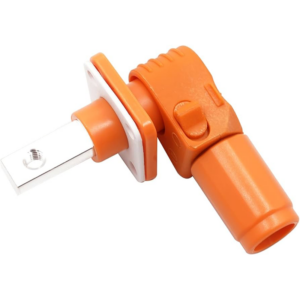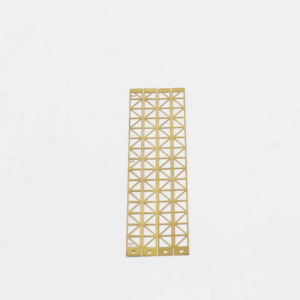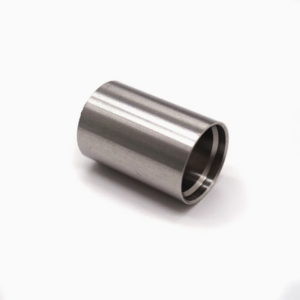The metal stamping industry is experiencing significant transformation, fueled by technological advancements, evolving industry needs, and rising global demand for precision-engineered components. As the demand for highly accurate, complex parts grows, manufacturers across sectors such as automotive, aerospace, electronics, and consumer goods are relying on metal stamping to deliver the quality and precision they require. At Topmetalstamping, we are committed to staying at the forefront of these changes, offering high-quality, precision-engineered metal stamping parts tailored to the unique needs of our customers. In this blog, we will explore the key trends driving the continued growth and innovation within the metal stamping market and how these trends are shaping the future of the industry.
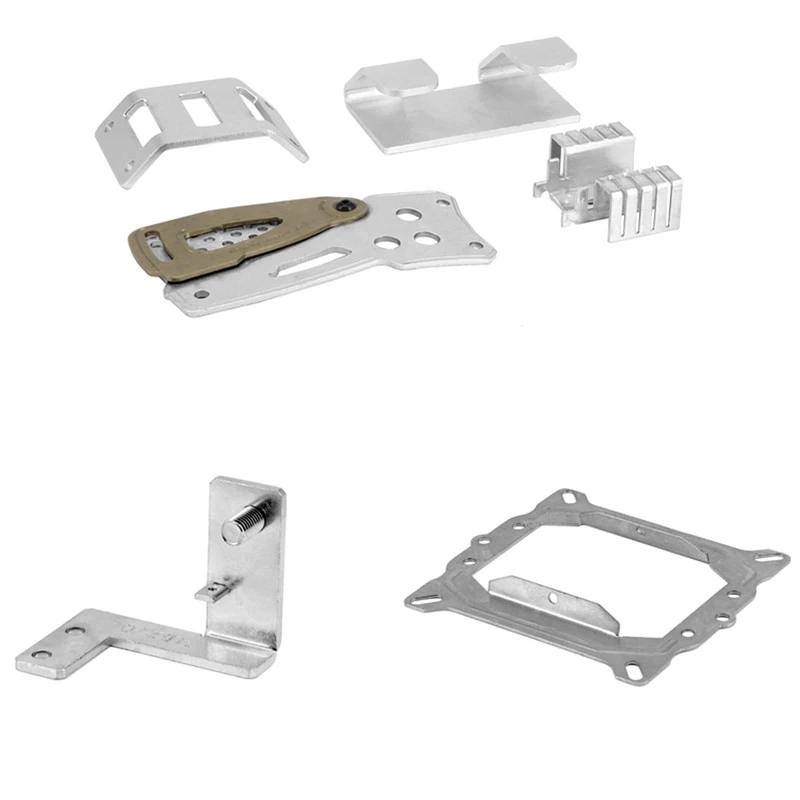
Technological Advancements in Metal Stamping
One of the most significant factors transforming the metal stamping industry is the continuous advancement of technology. Manufacturers are leveraging cutting-edge machinery and automation to streamline production processes, improve efficiency, and reduce costs. Here are some of the critical technological innovations influencing the industry:
High-Speed Stamping Presses:
The adoption of high-speed stamping presses has allowed manufacturers to increase production rates significantly while maintaining high levels of precision. This advancement boosts overall efficiency, enabling the rapid delivery of complex components without compromising on quality.
Servo-Drive Technology:
The integration of servo-driven systems into stamping presses offers manufacturers more precise control over the stamping process. This technology ensures consistent performance and the ability to make real-time adjustments, improving both flexibility and repeatability.
Automated Coil Feed Systems:
Automating the material feeding process has drastically reduced the chances of material handling errors and increased production efficiency. These systems are essential for maintaining smooth production lines, particularly in high-volume manufacturing environments.

Computer Numerical Control (CNC):
CNC technology is integral in controlling the stamping operations with high precision. This ensures that parts are produced to exact specifications with minimal human intervention, offering manufacturers the ability to produce parts with tight tolerances and repeatable accuracy.
Progressive Die Stamping:
Progressive die stamping allows manufacturers to perform multiple operations in a single pass, reducing material waste and optimizing production time. This method enhances efficiency and helps lower overall production costs.
Real-Time Monitoring and Predictive Maintenance:
Advanced monitoring systems enable manufacturers to maintain continuous quality control throughout the stamping process. The integration of real-time sensors also allows manufacturers to monitor tool wear and adjust production parameters to maintain consistent quality. Predictive maintenance technologies help minimize unplanned downtime, further improving overall efficiency.
These technological advancements enable companies like Topmetalstamping to remain competitive in an ever-evolving market, ensuring the production of high-quality metal stamping parts that meet the needs of industries demanding precision and reliability.
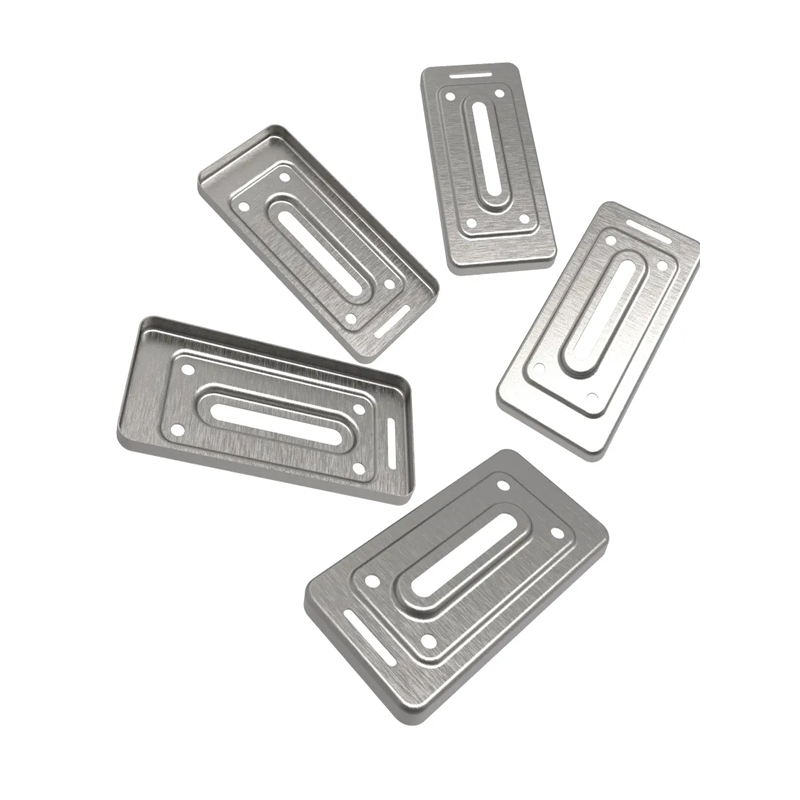
Lightweight Metal Stamping and Its Role in the Automotive Industry
The automotive industry’s focus on improving fuel efficiency and reducing environmental impact has led to an increasing demand for lightweight materials. Metal stamping is playing a crucial role in this shift by offering the ability to create lightweight, yet durable components.
Automotive manufacturers are increasingly turning to materials such as high-strength steel, aluminum, and advanced alloys for metal stamping parts. These lightweight materials help meet stringent fuel economy regulations while ensuring that parts maintain the necessary durability and safety standards. By reducing the weight of vehicles, manufacturers are able to achieve better fuel efficiency without compromising performance or safety.
At Topmetalstamping, we specialize in producing lightweight stamped components designed specifically for the automotive industry. Our advanced stamping processes ensure that each part meets rigorous performance standards, making us a trusted partner for automotive manufacturers worldwide.
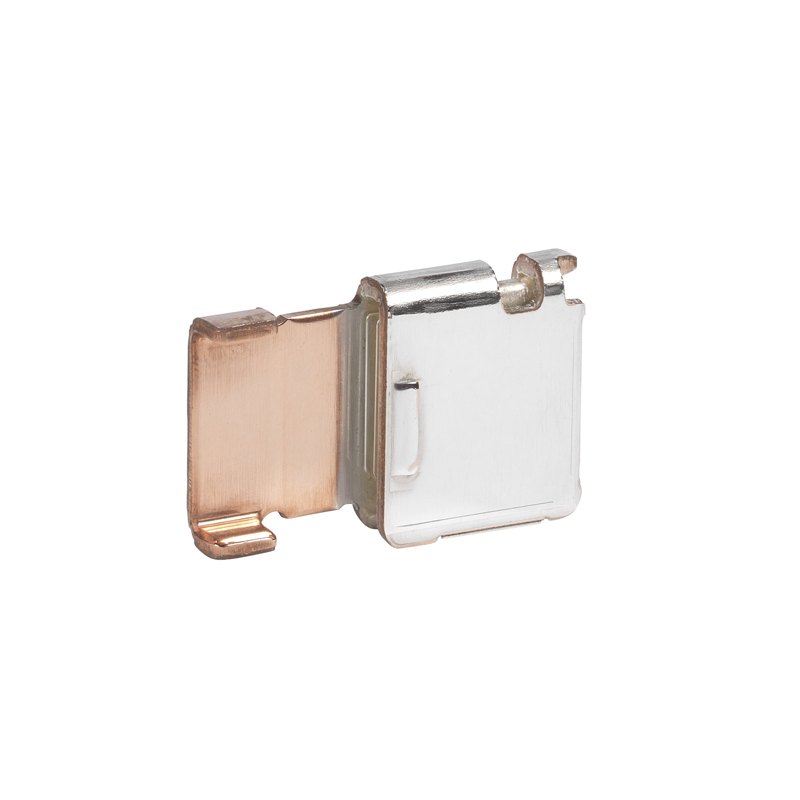
Customization and Complex Designs in Metal Stamping
One of the primary benefits of metal stamping is its versatility in producing highly customized and complex parts. Industries like aerospace, electronics, and consumer goods rely on metal stamping to create parts with intricate geometries, tight tolerances, and unique designs that would be challenging or cost-prohibitive to achieve through other manufacturing methods.
Key customization features in metal stamping include:
Material Selection:
Manufacturers can choose from a wide variety of materials, including steel, aluminum, brass, and alloys, to meet the specific requirements of their applications. This flexibility allows for greater design freedom and ensures that the parts are suited to their intended use.
Custom Tooling:
Custom dies and molds are used to produce unique shapes and designs. This allows manufacturers to create parts tailored to the exact specifications of their clients, ensuring that the final product fits seamlessly into its intended application.

Part Complexity:
Metal stamping allows for the production of parts with intricate designs and tight tolerances. This is especially important for industries that require high-precision components, such as aerospace and electronics.
Multi-Step Stamping Operations:
Multi-step stamping enables manufacturers to create highly complex designs in a single process, reducing the number of operations and the associated costs. This streamlined process reduces waste and improves efficiency.
Surface Finishing Options:
Stamped parts can be treated with various surface finishes, including coatings, plating, and polishing, to enhance their appearance, improve corrosion resistance, and increase durability.
Topmetalstamping is committed to delivering customized metal stamping solutions that meet the specific needs of our customers. Our technology and expertise allow us to produce high-precision parts that are both functional and aesthetically appealing.
The Growing Aerospace and Defense Sector
The aerospace and defense industries continue to experience significant growth, fueled by increasing military budgets and the development of next-generation aircraft. As a result, there is an increased demand for high-precision components that meet the strictest quality standards and performance requirements.
Metal stamping is essential in producing these high-precision parts. The industry demands components with tight tolerances, durability, and the ability to withstand harsh environments. Metal stamping meets these demands by providing the necessary precision and reliability for critical aerospace and defense applications.
Topmetalstamping has the experience and technology to produce aerospace and defense components that meet the highest standards. Our parts are designed to perform reliably in the most demanding conditions, ensuring that they fulfill the stringent requirements of the aerospace and defense sectors.

Embracing Sustainability in Metal Stamping
Sustainability is becoming a crucial focus in the manufacturing sector, and the metal stamping industry is no exception. Manufacturers are increasingly adopting green practices to reduce their environmental impact. These efforts include:
Material Recycling:
Recycling metals helps reduce waste and conserve valuable resources. Manufacturers are increasingly turning to recycled metals to create stamped parts, contributing to more sustainable production processes.
Energy-Efficient Manufacturing:
Implementing energy-efficient technologies, such as energy-saving machines and systems, reduces energy consumption and lowers the overall carbon footprint of production operations.
Waste Reduction:
By optimizing production processes and material use, manufacturers can minimize waste, improving both environmental sustainability and operational efficiency.
At Topmetalstamping, we are committed to sustainability in every aspect of our operations. Our energy-efficient manufacturing processes and recycling initiatives ensure that we do our part to minimize environmental impact.
Global Expansion and Strengthening Supply Chain Resilience
As the global metal stamping market continues to expand, companies are increasingly focusing on regional diversification. Emerging markets, driven by industrialization and infrastructure development, are presenting new opportunities for growth.
By understanding the unique needs of regional markets, companies like Topmetalstamping can offer customized metal stamping parts that cater to local industries. Furthermore, strengthening supply chain resilience is essential to ensuring uninterrupted production amid global disruptions. At Topmetalstamping, we have implemented robust supply chain strategies, ensuring that we can meet the growing demand for high-quality parts across global markets.
Conclusion
The metal stamping industry is undergoing a transformation driven by technological innovation, the demand for lightweight materials, and increasing customization. As industries continue to evolve, manufacturers must adapt to these changes to remain competitive. At Topmetalstamping, we are dedicated to staying ahead of industry trends by investing in advanced technologies and improving our processes. By offering high-quality, customizable metal stamping solutions, we ensure that our clients receive the precision-engineered parts they need to succeed in an ever-changing global market. If you’re looking for precision-engineered metal stamping parts that meet the highest standards, contact us today to learn how Topmetalstamping can support your manufacturing needs.

